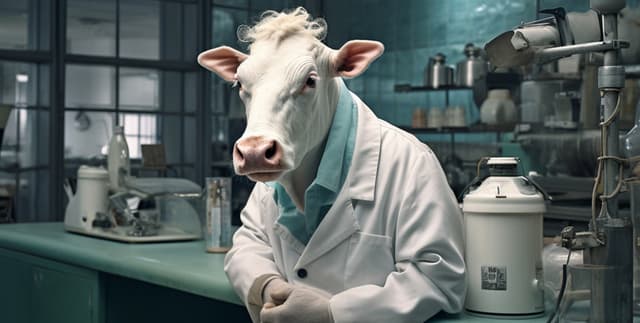Country-Level Total Meat Production Statistics
Data Science and Analytics
Tags and Keywords
Trusted By




"No reviews yet"
Free
About
This data captures the worldwide growth of total meat production over several decades, highlighting the scale of the global food system challenge. Meat consumption continues to rise globally, exceeding 350 million tonnes annually, placing immense pressure on natural resources. Production contributes significantly to greenhouse gas emissions, strains agricultural land, and consumes large volumes of freshwater. This dataset allows for the analysis of these trends, providing essential context for developing sustainable practices in food production and managing land use effectively.
Columns
The data structure includes four main columns:
- Country: Identifies the nation associated with the production data. There are 254 unique geographical entries represented.
- Code: Provides an area or country code used for identification.
- Year: Specifies the calendar year when the production occurred, allowing for time-series analysis.
- Meat, total | 00001765 || Production | 005510 || tonnes: Represents the total quantity of meat produced, measured in tonnes. Production values range from zero up to 361 million tonnes.
Distribution
The primary data file is
global-meat-production newv2.csv. The dataset contains approximately 14.4 thousand valid records. The expected update frequency for this product is annually. The data is suitable for traditional spreadsheet and analysis tools.Usage
This data product is ideal for applications focused on:
- Tracking the historical trajectory and scale of global meat production growth.
- Performing environmental impact assessments related to food systems, particularly greenhouse gas and land strain analyses.
- Informing policy development aimed at promoting sustainable agriculture and land management practices.
- Analysing dietary shifts and food security patterns worldwide.
Coverage
The dataset offers a broad geographic scope, covering 254 unique countries or areas globally. The time span ranges from 1961 through to 2022, providing extensive historical depth. The figures relate to total meat production volume.
License
CC0: Public Domain
Who Can Use It
- Environmental Scientists: To model the environmental consequences of rising meat production on land and water resources.
- Policy Analysts and NGOs: To benchmark country-level performance and advocate for more resilient and sustainable food systems.
- Economists: To study market trends in agricultural output and predict future resource demand.
- Academic Researchers: To conduct statistical analysis on long-term agricultural production trends.
Dataset Name Suggestions
- Global Meat Production Trends (1961–2022)
- Worldwide Livestock Output for Sustainability Analysis
- Country-Level Total Meat Production Statistics
- Agricultural Strain: Global Meat Production Data
Attributes
Original Data Source:Country-Level Total Meat Production Statistics
Loading...
